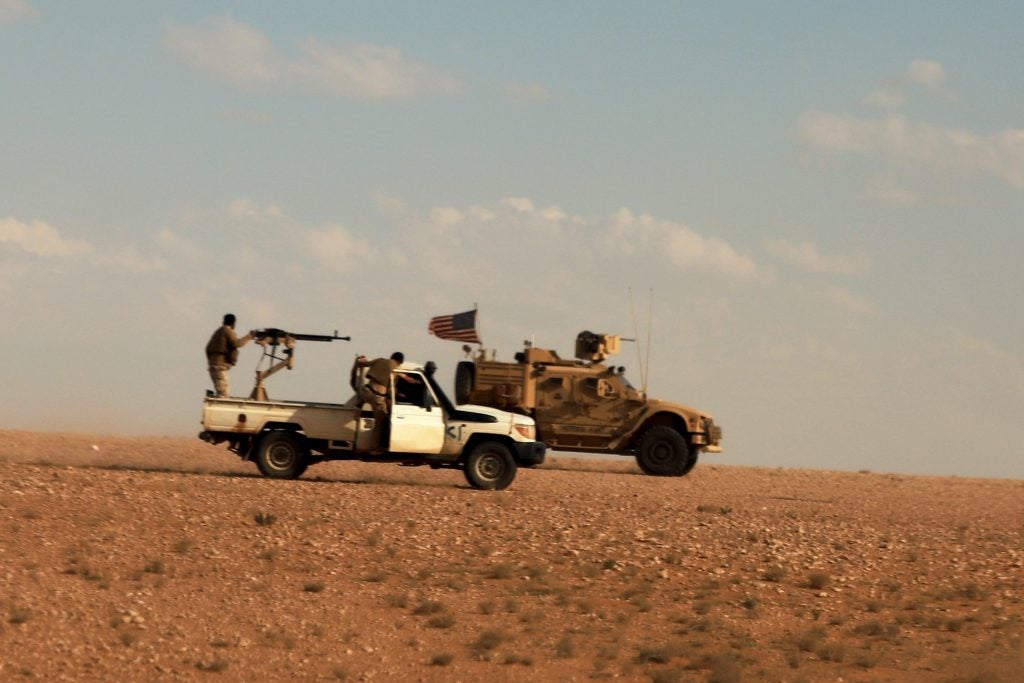United States Claims Death Of ISIS Leader
United States Central Command announced on November 30 that the leader of the Islamic State in Iraq and Syria, Abu al-Hasan al-Hashimi al-Qurashi, had been killed in mid-October.
In a statement, Central Command spokesperson Col. Joe Buccino said that Abu al-Hassan had been killed in Daraa in southern Syria, crediting “The Free Syrian Army” for the operation that resulted in the ISIS leader’s death.
The Central Command announcement came after an ISIS statement acknowledging Abu al-Hassan’s death, although the group did not provide any details on the circumstances of his death beyond that he was “killed in action”. The group has since named one Abu al-Husain al-Husaini al-Quraishi as the new leader of ISIS, with little known about him beyond the group’s description of him as an “old fighter”.
Syrian researchers and analysts have disputed Central Command’s description of the forces involved, with Gregory Waters, a non-resident scholar with the Middle East Institute’s Syria program saying that Central Command had mislabeled remnants of the Free Syrian Army in Daraa that had “reconciled” with the Damascus regime. After the West and Israel ended support for them in 2018, the Free Syrian Army remnants in Daraa agreed to cease fighting against regime forces and hand over heavy weapons, in exchange for limited autonomy and resumption of utilities under Russian-brokered “reconciliation” agreements.
Middle East Institute Syria program director Charles Lister has stated that he believes Abu al-Hassan was killed on October 16 during fighting between “reconciled” FSA and ISIS. At the time, the death of an ISIS commander known as Abdulrahman al-Iraqi was reported, after the compound he was hiding in was besieged and ultimately blown up.
Following ISIS’ return to an insurgency after its territorial defeat in Iraq and Syria, ISIS’ Syrian presence has been largely restricted to sleeper cell activations in southern Syria, with occasional larger scale attacks like a prison break in north-eastern Syria in January. In Daraa, sleeper cells have been blamed for a series of bombings and assassinations targeting reconciled FSA leaders and Syrian regime intelligence. A recent article published by the Middle East Institute notes that Damascus has had a major role in ISIS’ resurgence in Daraa, owing to its release of previously arrested ISIS leaders from the area since 2019.

